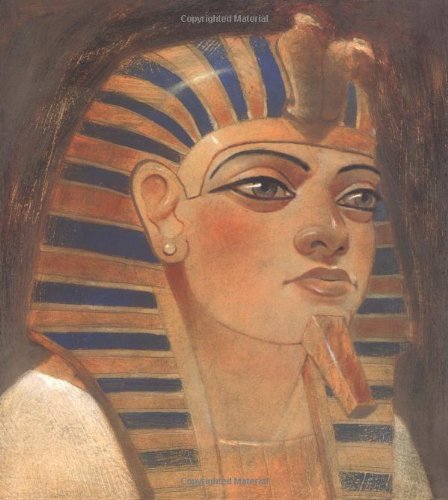Synopsis: Outside
any city still standing, the Mechanical Circus Tresaulti sets up its tents.
Crowds pack the benches to gawk at the brass-and-copper troupe and their
impossible feats: Ayar the Strong Man, the acrobatic Grimaldi Brothers,
fearless Elena and her aerialists who perform on living trapezes. War is
everywhere, but while the Circus is performing, the world is magic.
That magic is no
accident: Boss builds her circus from the bones out, molding a mechanical
company that will survive the unforgiving landscape.
But even a
careful ringmaster can make mistakes.
Two of
Tresaulti's performers are entangled in a secret standoff that threatens to
tear the circus apart just as the war lands on their doorstep. Now the Circus
must fight a war on two fronts: one from the outside, and a more dangerous one
from within.
My thoughts: this
book was really thrilling! It’s about a magical circus in a post apocalyptic
world, where cities have collapsed with bombs and there is no such thing as a stable
government. The Mechanical Circus Tresaulti is a out of common place where people
have metal parts – arms, legs, eyes, bones, spine you name it – and where
nothing is what it seems (li-te-ral-ly). When you think you have found the order
and meaning of all of it, the book fools you and you get lost all over again! I
called it an organized mess: you can find what you want if you know where and
what to look for. Therefore it requires your full attention at every page you
turn otherwise you’ll have to keep searching through the book for the answers
while you continue reading.
It
has a very good writing with different tenses making you see the same scene
with different angles and perspectives. So, this is a kind of book that you
have to go “all the way through” or suffer with the doubt of what was about to
happen.
The
characters were captivating and well-structured. My favorites were the ladies,
especially Elena, Boss and Bird, because they were shown as strong, independent
and active, making decisions of their own instead of just agreeing politely to
them.
The
end of it was a little incomprehensible, so I had to reflect a little bit about
it in order to fully understand it (although I still haven’t got it completely)
(laughs). I think that if it followed a straight timeline it would be so much
easier for the reader, but I believe that the mess is all part of the show.
All in all, I
really liked this book! It was very different from everything that I’ve ever
read and I would love to see a circus such as this one.




